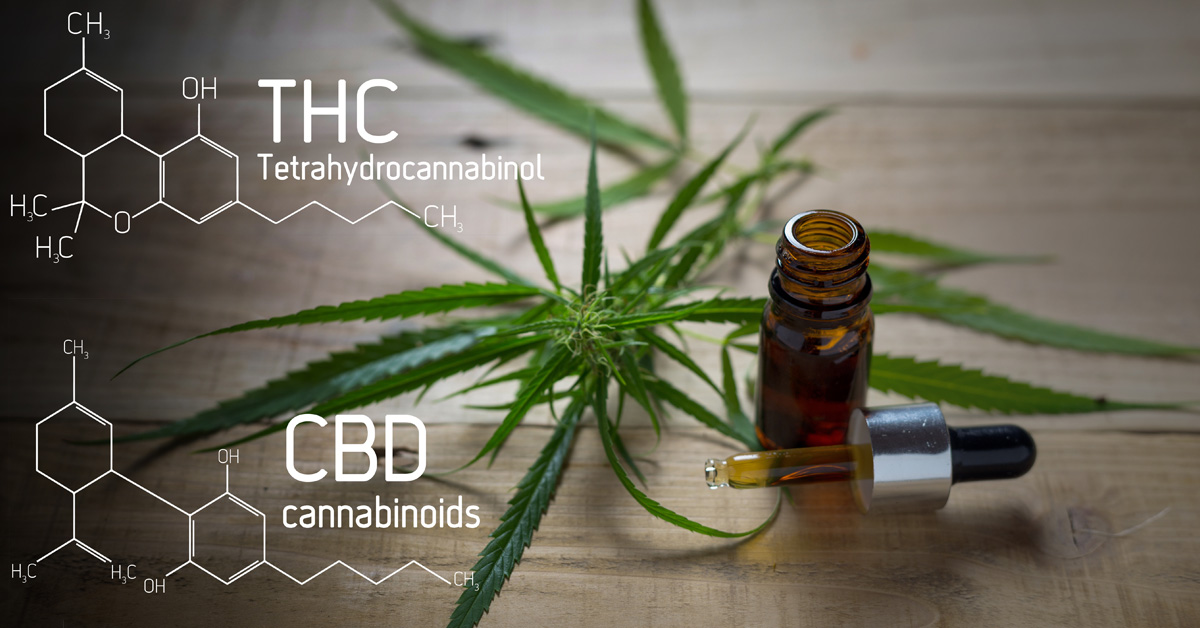
Medical Marijuana in Hospice
Medical marijuana is now legal in all but 14 states. Doctors are expressing growing acceptance for the theory of using it in hospice, and many patients have received these prescriptions. Is this a good practice?
Pharmaceutical Management of Symptoms in Hospice
Patients nearing the end of life experience a number of debilitating symptoms including pain, gastrointestinal issues, and emotional distress.1 This is so much the case that many patients near the end of life cite the alleviation of distressing symptoms as their most pressing need.2 Home hospice usually manages these symptoms well, and better than other treatment environments.3 Staples of home hospice’s treatment success include opioids and sedatives. Using these medications at the high doses needed for effective palliation not only alleviates symptoms but is also connected, in a dose-response way, to lives lengthened 54% to 100%.4,5
Hypothesizing the Use of Medical Marijuana in Hospice
Most of the public now favors the legalization of medical marijuana,6 and healthcare professionals support its availability for the hospice setting.7 Marijuana is known to improve perceptions of pain, emotional distress, and stomach problems, and could be a non-pharmacological alternative to or addition to current treatments for those important symptoms.8-10
Measuring Medical Marijuana in Hospice
In practice, there is no clear evidence about the use of medical marijuana in hospice. Is it helpful, harmful, or unnecessary? Much more research is needed. There are low-powered studies suggesting that, among patients with HIV, a synthetic cannabinoid may be effective for appetite and weight gain but at the increased risk of adverse psychiatric effects.11 So far, medical guidelines seem to only recommend medical marijuana in hospice when other palliative measures have failed.12,13 Having strong research is made harder by the variability in treatments due to variations in cannabis plants, extracts, and synthetics.
Conclusion
Medical marijuana in hospice has support in theory, but, in practice, less so. End of life is a time when quality of life is very important, so the stakes are high. The research is not encouraging, but even now still in a nascent state. What few guidelines cover the situation may be leading doctors to only use medical marijuana in hard-to-treat cases.
References
- Croker III JA, Bobitt J, Sanders S, Arora K, Mueller K, Kaskie B. Cannabis and End-of-Life Care: A Snapshot of Hospice Planning and Experiences Among Illinois Medical Cannabis Patients With A Terminal Diagnosis. American Journal of Hospice and Palliative Medicine®. 2021 May 18:10499091211018655.
- Cheraghlou S, Gahbauer E, Leo-Summers L, et al. Restricting symptoms before and after admission to hospice. The American Journal of Medicine. 2016; 129: 754.e7 – 754.e15.
- Chaudhry S, Murphy T, Gahbauer E, et al. Restricting symptoms in the last year of life: a prospective cohort study. JAMA Intern Med. 2013: 173 (16): 1534-1540.
- Azoulay D, Jacobs JM, Cialic R, Mor EE, Stessman J. Opioids, survival, and advanced cancer in the hospice setting. Journal of the American Medical Directors Association. 2011 Feb 1;12(2):129-34.
- Golčić M, Dobrila-Dintinjana R, Golčić G, Čubranić A. The Impact of Combined Use of Opioids, Antipsychotics, and Anxiolytics on Survival in the Hospice Setting. Journal of Pain and Symptom Management. 2018 Jan 1;55(1):22-30.
- Daniller A. “Two-Thirds of Americans Support Marijuana Legalization.” Pew Research Center. November 14, 2019. Available at: https://www.pewresearch.org/fact-tank/2019/11/14/americans-support-marijuana-legalization/. Accessed September 8, 2021.
- Costantino RC, Felten N, Todd M, Maxwell T, McPherson ML. A survey of hospice professionals regarding medical cannabis practices. Journal of Palliative Medicine. 2019 Oct 1;22(10):1208-12.
- Bar-Sela G, Vorobeichik M, Drawsheh S, Omer A, Goldberg V, Muller E. The medical necessity for medicinal cannabis: prospective, observational study evaluating the treatment in cancer patients on supportive or palliative care. Evidence-Based Complementary and Alternative Medicine. 2013 Jan 1;2013.
- Johannigman S, Eschiti V. Medical use of marijuana in palliative care. Clinical journal of oncology nursing. 2013 Aug 1;17(4).
- Savage SR, Romero-Sandoval A, Schatman M, Wallace M, Fanciullo G, McCarberg B, Ware M. Cannabis in pain treatment: clinical and research considerations. The Journal of Pain. 2016 Jun 1;17(6):654-68.
- Mücke M, Weier M, Carter C, Copeland J, Degenhardt L, Cuhls H, Radbruch L, Häuser W, Conrad R. Systematic review and meta‐analysis of cannabinoids in palliative medicine. Journal of Cachexia, Sarcopenia and Muscle. 2018 Apr;9(2):220-34.
- Allan GM, Ramji J, Perry D, Ton J, Beahm NP, Crisp N, Dockrill B, Dubin RE, Findlay T, Kirkwood J, Fleming M. Simplified guideline for prescribing medical cannabinoids in primary care. Canadian Family Physician. 2018 Feb 1;64(2):111-20.
- Australian Government. Guidance for the use of medicinal cannabis in the treatment of palliative care patients in Australia. Therapeutic Goods Administration: Woden (AU); 2017 Dec: https://www.tga.gov.au/sites/default/files/guidance-use-medicinal-cannabis-treatment-palliative-care-patients-australia.pdf.





